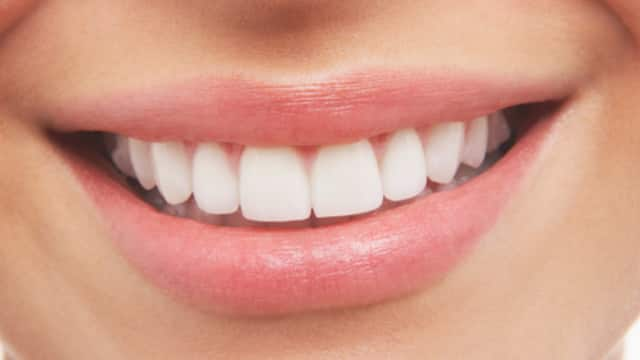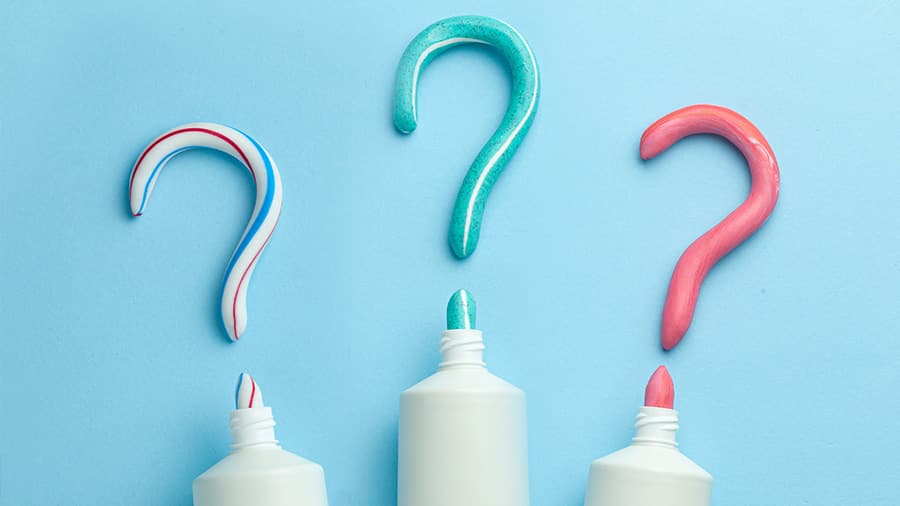Coffee and Tea
Over time, daily coffee drinkers often see their teeth turning slightly yellow. Because tooth enamel is very porous, the coffee you drink gets absorbed into these pores, thus causing discoloration. Tea, according to dentists, though beneficial to our health in many ways, causes even more severe staining than coffee. Both coffee and tea are also highly acidic; this causes erosion of tooth enamel, which leaves teeth even more vulnerable to discoloration. It's a vicious cycle for caffeine lovers.
Explore our uniquely developed teeth whitening toothpaste for faster whitening results at home!
Carbonated Drinks
The acid and chromogens in fizzy drinks are what stains teeth. While dark-colored sodas like root beers and colas have more chromogens, even light-colored carbonated beverages will increase staining. Colas contain phosphoric acid while lemon or lime flavored sodas are laden with citric acid. Both of these acids can cause erosion of a tooth's surface, known as the enamel. Weakened enamel increases the absorption of chromogens, contributing to staining.
DID YOU KNOW?
Water, tea and coffee are the three most-consumed beverages in the world. It’s estimated that between 400-500 billion cups of coffee are drunk globally every year.
Wine and Berries
Intensely pigmented fruit like grapes, blueberries, cherries, blackberries and pomegranates have powerful staining potential. Juices made from such fruits also contribute to staining and discoloration. In particular, watch out for red wine. The combination of pigmented molecules called tannins, chromogens and high acidity levels make red wine a notorious teeth stainer.
Candies, Chewing Gum and Popsicles
Sugary treats like these can contain high levels of teeth-staining artificial coloring agents. The rule of thumb is, if it stains your tongue, it is a food that stains teeth. So the next time you want to treat your child, buy a vanilla ice-cream instead of a sugary frozen ice block.
It may be difficult to give up so many of your favorite treats, and therefore keeping your teeth stain-free is almost impossible. Thankfully, you can decrease the staining potential of these foods by taking the following precautions:
Avoid lingering
Reduce the chances of staining by avoiding foods and beverages to linger in your mouth longer than necessary. Naturally, don’t forget to chew carefully before swallowing.
Use a Straw for Sodas, Ice Teas and Ice Coffees
Whenever you can, use a straw while drinking beverages like sodas, teas and coffees. This way, the discoloring fluids have as little contact with your enamel as possible, so the risk of blemishes is reduced.
After Eating, Rinse and Brush
Immediately after consuming teeth-staining or acidic foods, rinse your mouth with water for about 30 seconds or use a mouthwash, then brush the teeth to remove any remaining colored particles.
This article is intended to promote understanding of and knowledge about general oral health topics. It is not intended to be a substitute for professional advice, diagnosis or treatment. Always seek the advice of your dentist or other qualified healthcare provider with any questions you may have regarding a medical condition or treatment.
ORAL HEALTH QUIZ
What's behind your smile?
Take our Oral Health assessment to get the most from your oral care routine
ORAL HEALTH QUIZ
What's behind your smile?
Take our Oral Health assessment to get the most from your oral care routine














